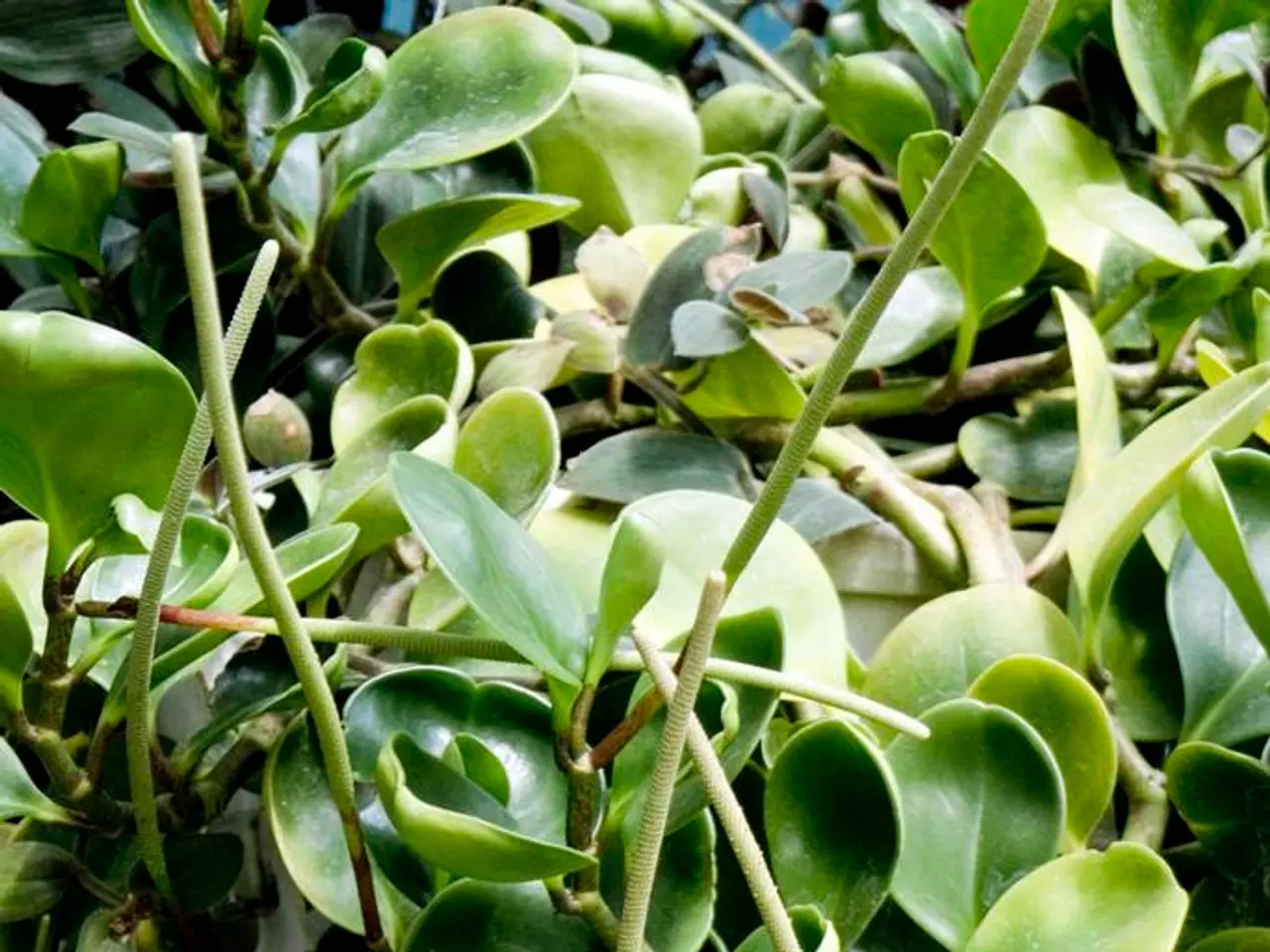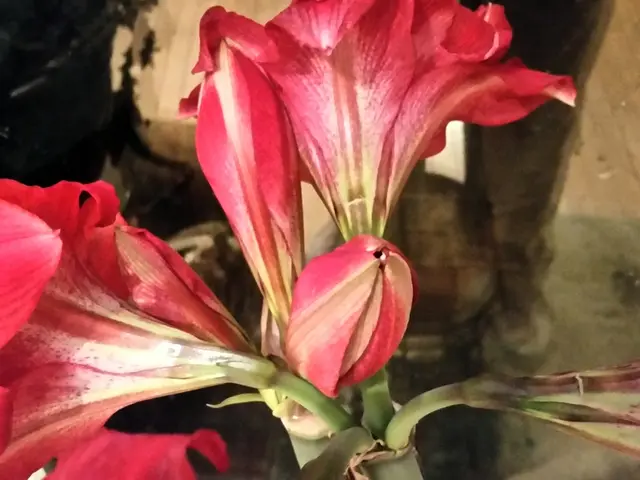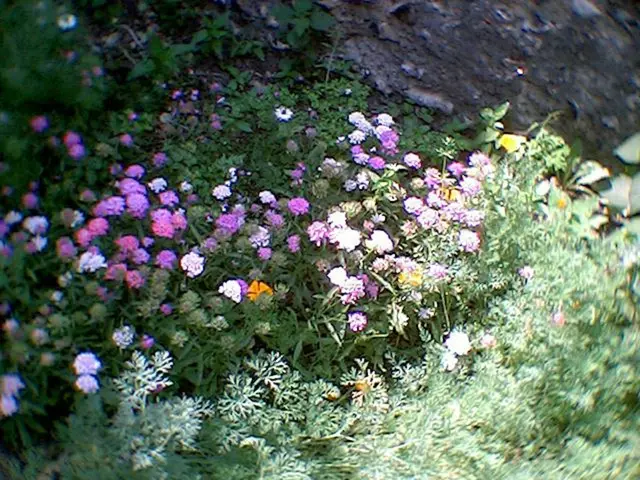Proper Watering Techniques for Terrariums - Expert Insights
In the world of horticulture, terrariums have become a popular choice for plant enthusiasts, offering a unique and enchanting environment for a variety of plants. However, maintaining a balanced terrarium ecosystem requires careful consideration, particularly when it comes to watering. Here are some best practices to help you keep your terrarium thriving.
First and foremost, it's essential to water only when the substrate looks dry, rather than on a set schedule. This responsive approach helps avoid waterlogging or dryness by catering to the actual moisture needs of the plants.
For closed terrariums, water sparingly by lightly misting about once a month or when the soil appears dry. Be mindful of excess humidity, as it can lead to mold or rot. If condensation builds up on the glass, reduce watering to prevent this.
On the other hand, open terrariums require more frequent watering—about weekly—or whenever the soil feels dry to the touch. This is especially important for succulents and cacti that prefer drier conditions.
When watering, focus on the soil level, not the foliage, to ensure moisture reaches the roots and reduce the risk of fungal diseases. It's also crucial to incorporate a well-designed drainage layer at the bottom of the terrarium, such as pebbles or coarse grit, to prevent waterlogging and root rot.
A balanced substrate mix is key for most terrariums, combining potting soil, perlite, and orchid bark to balance moisture retention and aeration. For terrariums with more water-demanding plants, consider adding additional moisture-retaining ingredients.
To control microclimate and regulate humidity, consider adding decorative moss on top of the substrate. If you notice signs like condensation, mold, or wilting plants, adjust your watering frequency and amount accordingly. Removing the lid occasionally from closed terrariums can help reduce excess moisture buildup.
Watering early in the day is ideal, as it allows plants to absorb moisture before the heat, reducing evaporation and stress. A simple water bottle with a spray function or a mister/atomizer is recommended for watering a terrarium. Deionized water, which has the salts removed, is a suitable and affordable option for watering terrariums.
Remember, there is no single-fit watering schedule for terrariums, as it depends on the specific plants and terrarium ecosystem. Always test the substrate by feeling it or checking condensation levels against the glass through the substrate level. Avoid flooding certain areas of the terrarium while neglecting others.
In conclusion, by observing these watering principles—monitoring substrate dryness, using appropriate watering amounts depending on terrarium type, ensuring good drainage, and maintaining air circulation—you can sustain a balanced terrarium ecosystem and prevent both over and under-watering. Happy gardening!
Maintaining a thriving terrarium not only involves careful watering practices but also the right choice of lifestyle and home-and-garden adaptions. For instance, incorporating gardening techniques such as watering only when the substrate looks dry and ensuring good drainage can significantly contribute to a successful terrarium ecosystem.








